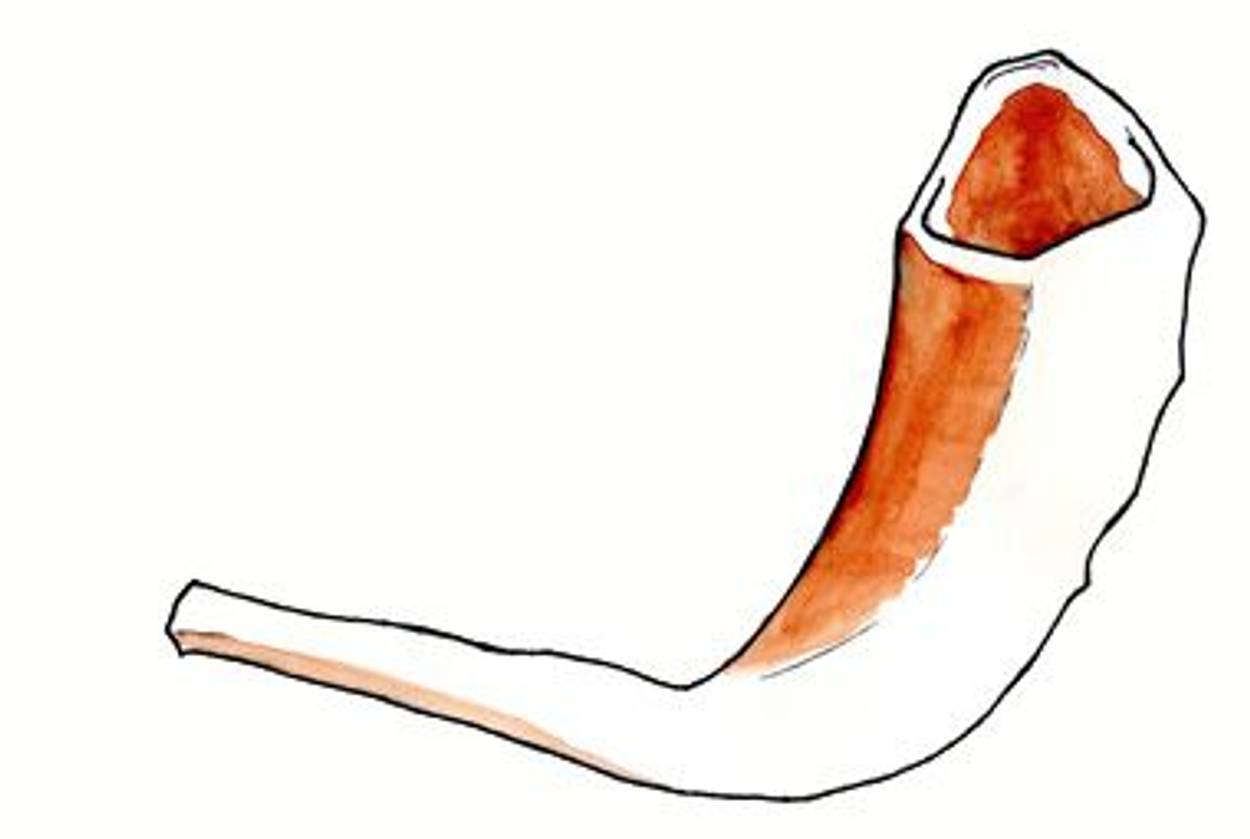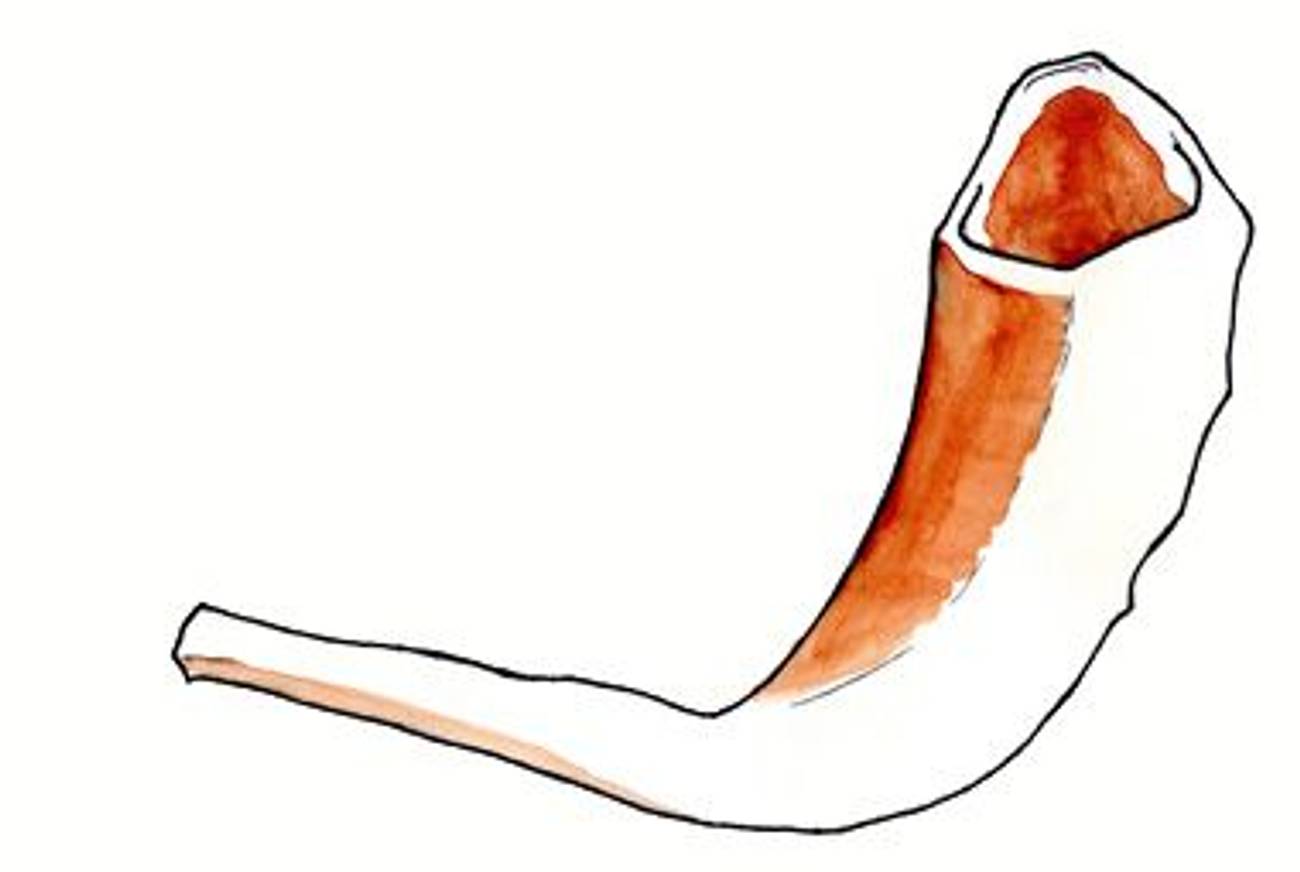Yom Kippur FAQ
Everything you ever wanted to know about the Day of Atonement




WHAT IS YOM KIPPUR?
Yom Kippur, the Day of Atonement, is when Jews fast and ask forgiveness for the sins they committed in the past year and for ones they’ll inadvertently commit in the new year to come.
WHEN IS YOM KIPPUR?
In 2020, Yom Kippur begins at sundown on Sunday, September 27, ending at sundown on Monday, September 28.
WHAT’S IT ALL ABOUT?
Yom Kippur, the Day of Atonement, is the most awesome of all Jewish holidays. We mean that literally: The very last of the Days of Awe, the 10-day period beginning with Rosh Hashanah, Yom Kippur marks the sealing of the Book of Life and with it our fates for the coming year. Jews—even some who cheerfully ignore other holidays—fast, repent, confess, and do their best to unload themselves of their sins and get on the Almighty’s merciful side. Yom Kippur occurs on the 10th day of the seventh month. Tradition has it that on this day, Moses received the second set of the Ten Commandments after 40 days of preparation, which is the time it took God to forgive the Israelites for their peccadillo with the Golden Calf. To hear the Book of Ezekiel tell it, the original Yom Kippur was a much different experience than our own food-deprived observance and was meant solely to cleanse the Temple’s sanctuary of any impurity that might have accidentally found its way into the Holy of Holies. This was the only time of the year the High Priest was allowed into God’s sacred dwelling, and an intricate set of rituals was required for him to do so. He had to take five dips in a mikveh, change clothes four times, and sacrifice a variety of animals. Among the latter, the most fascinating was the lottery of goats: one beast was chosen to be sacrificed for the Lord, and the other for Azazel (ancient Hebrew for “strong and steep mountain,” the word has since come to mean “hell”). After a short prayer, the animal was taken to a precipitous cliff outside Jerusalem and pushed off the ledge, serving as the literal scapegoat for the sins of the nation of Israel. All of this ancient tradition is recounted in the prayers that constitute the avodah, or worship portion of the liturgy recited during the musaf service. In some synagogues, congregants emulate the High Priest’s actions, gesturing in a way that mimics the sprinkling of bull’s blood on the Holy of Holies. Other congregations, however, ignore this part of the prayer altogether, finding it archaic and irrelevant to modern Jewish life. But while the ancient rituals may be largely forgotten, their deeper meanings stay with us. Like the two goats, for example—one offered to please God and the other to repent for the people’s sins—we still mark each Yom Kippur by observing the difference between wrongdoing committed “bein adam la’makom,” or between Man and God, and that perpetrated “bein adam le’chavero,” between Man and Man. Which is why vidui, or confession of guilt, is both practiced in public prayer and encouraged in private conduct. Another echo of the old ritual is evident in the custom of kapparot, which involves swinging a rooster or a hen over one’s head, for males and females respectively, reciting a prayer, and sacrificing the animal in the hope that it would take on all of the misery that might befall the person.
ANY DOS AND DON’TS?
The Mishnah, in tractate Yoma 8:1, is very clear on the don’ts: no eating or drinking. No wearing leather shoes. No bathing. No anointing oneself with perfumes or lotions. And no sex. The Bible itself, interestingly, mentions nothing about these prohibitions. Leviticus 23 only forbids us from doing work and tells us to afflict our souls, not our bodies. After the destruction of the Temple, the exile from Zion, and the writing of the Talmud, the holiday’s focus shifted from the High Priest and his purification rituals to the responsibility of each and every Jew to atone for his or her own sins. And while the connection between a gurgling stomach and a reflective mind may be lost on some, it is worth noticing that Yom Kippur is the only fast day on the Jewish calendar that is not observed in commemoration of some historical tragedy, but rather designed purely to allow us to take leave of earthly distractions and focus on our sinful souls. On the do side, it’s customary to wear white to symbolize one’s purity. To the same end, many Orthodox men dip in the mikveh the day before Yom Kippur for extra cleansing, which is probably not a bad idea given the prohibition on baths.
ANYTHING GOOD TO READ?
The holiday’s liturgical highlight is perhaps the most fascinating, controversial, and thrilling of all Jewish prayers, the Kol Nidre, which is recited to usher in Yom Kippur. Aramaic for “all vows,” Kol Nidre releases those who recite it from all of the vows they will make from the current Yom Kippur service until the same service in the next year. (This, by the way, wasn’t always the case: It was Rashi’s son-in-law, Rabbi Meir Ben Samuel, who changed the prayer from the past to the future tense, wishing to stress that its potency was not in retroactively releasing us from our past vows, but rather from future ones, a much more powerful proposition.) It, too, has its beginnings in ancient Israel, where the making of vows was so much the trend that the Torah made a point of warning people against making God a promise they couldn’t keep: “When thou shalt vow a vow unto the Lord thy God,” says Deuteronomy 23, “thou shalt not be slack to pay it; for the Lord thy God will surely require it of thee.” What, however, of those who made a vow and couldn’t keep it? They required a special rite of absolution freeing them from their word. Such a vow—called hattarat nedarim, or the undoing of vows—finally came into being. For the Karaites—the Jewish sect believing that only the scripture, and not oral law, should guide Jewish life—this was proof of the rabbis’ flimsiness, and they engaged in a centuries-long historical campaign to charge their rabbinic opponents with sanctioning a practice that allowed anyone to annul their most solemn promises. Somewhat distressed, the rabbis reacted ingeniously, transforming the yearlong rite of the undoing of vows into a single annual prayer, Kol Nidre. But the Karaite complaint never went away. Instead, its essence was reincarnated in many anti-Semitic accusations, claiming that the prayer was proof that Jews could not be trusted, as all they had to do was recite the Kol Nidre and their promise was reversed. This canard was so popular and prevalent that many localities took to requiring Jews to recite a special oath to guarantee they wouldn’t renege on their word. Mindful of those accusations, some Jewish congregations and denominations throughout history worked to alter the prayer, or remove it from the service altogether. The other major prayer is the Ne’ilah. Hebrew for locking, it is recited at the end of Yom Kippur and concludes with a long blowing of the shofar. With this, tradition has it, the Gates of Heaven are locked, our opportunity to atone over, and our fate determined.
ANYTHING ELSE TO DO?
• Watch Neil Diamond sing Kol Nidre in The Jazz Singer.
• Begin confessing early by calling our Sorry Line.
• Listen to Leonard Cohen wonder how we’re meant to repent.
• Break the fast sweetly with blueberry blintzes.
• Get into the solemn mood with different Kol Nidre compositions.
From the editors of Tablet Magazine.